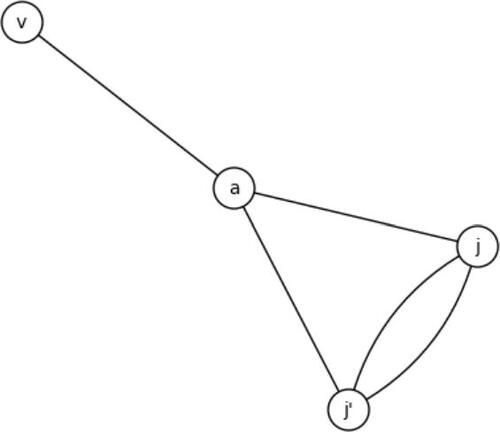Figures & data
Fig. 1 The graph for p = 431 (case 3.a of Theorem 3.5). The vertices are labeled by j-invariants of each curve. Each component is a volcano, with an inner ring of surface curves and the outer vertices all being curves on the floor. The class number of
is
and the orders of the two primes above 2 are 7.
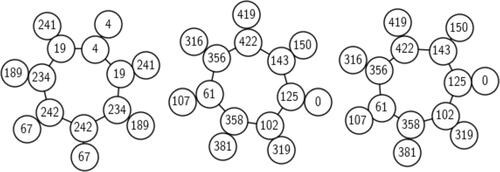
Fig. 2 Stacking, folding and attaching by an edge for p = 431 and . The leftmost component of
folds, the other two components stack, and the vertices 189 and 150 get attached by a double edge.

Fig. 3 Attachment along a j-invariant for p = 83 and . The two connected components of
are attached along the j-invariant
. There are two outgoing double edges from j = 1728 but because of the extra automorphisms, these edges are identified in the undirected graph.

Fig. 4 Attachment by an edge that does not attach two distinct components. This component folds and the vertices with j-invariants 68 and 107 are joined by a double edge.
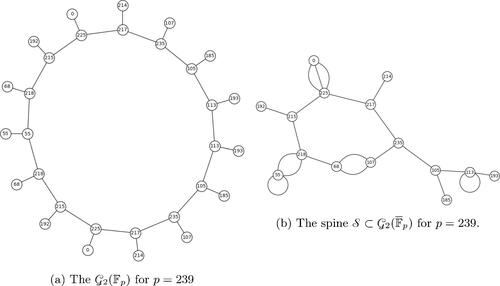
Table
Fig. 5 The graph for p = 179. We see that the neighbors of vertices with j-invariant 0 both have j-invariant
.

Fig. 8 Comparing average distances between random vertices in and between connected components of
. On the horizontal axis, we have primes
. The height of each point represents (avg. distance between
-components) - (avg. distance between 100 random points of
).
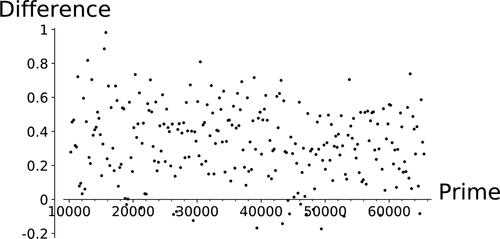
Table 1 Size and shape of the spine, depending on primes modulo 8, the integer n denotes the order of any prime above 2 in .
Fig. 9 Histogram of distances measured between conjugate pairs and arbitrary pairs of vertices not in for the prime
.

Fig. 10 Histogram of distances between 1000 randomly sampled pairs of arbitrary and conjugate vertices for the prime .

Fig. 11 Proportions of vertex pairs that are opposite; x-axis represents primes. The data are for a random sample of 1000 pairs of conjugate and arbitrary pairs.

Fig. 12 The horizontal axes of these figures are primes. The heights are proportions of 1000 pairs of arbitrary vertices which are opposite, normalized by .

Fig. 13 Normalized proportion of pairs with a shortest path through the specified subgraph, as p varies.

Fig. 14 Distances to the spine contrasted with distances to a random subgraph R of the same size. The spine
is connected for p = 19, 991 and a union of disconnected edges for p = 19, 993.
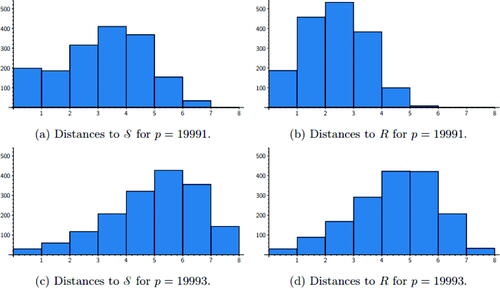
Table 2 Proportions of 2-isogenous conjugates, , sorted by
.
Table 3 Proportions of 3-isogenous conjugates for , sorted by
Fig. 19 Diameter of for 4600 primes p with
with
(dashed),
(solid) and the proven lower bound
(dotted).
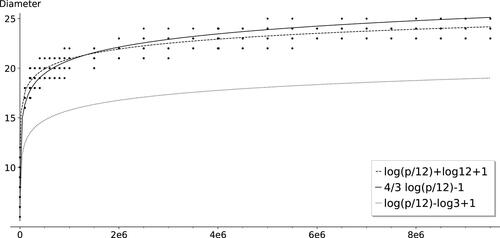
Fig. 20 Lower bounds on the diameter of for 431 primes
with
, along with the graphs of
(dashed),
(solid).

Fig. 21 Diameters of 2-isogeny graph over for different congruence classes of the prime p, shown with

Table 4 Average diameters sorted by primes modulo 12.



